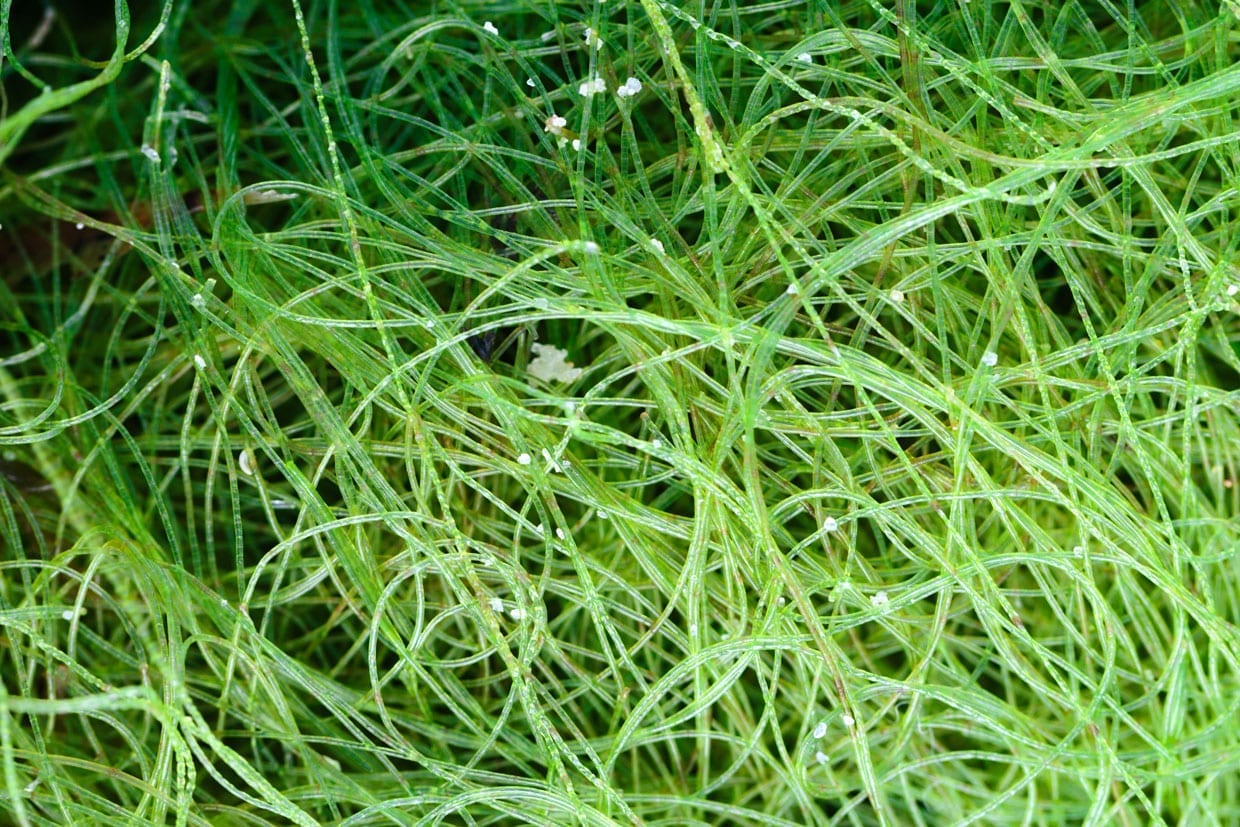It is only a matter of time until Beyoncé wears a sweatshirt with “seaweed” emblazoned across the front. After all, she contributed to the kale craze — but now seaweed is the new superfood in town.
The Asian influence is currently taking over the American beauty and wellness markets, and archaeological evidence suggests that many cultures, such as the Chinese, Korean and Japanese have been consuming sea vegetables for thousands of years. Seaweed grows in saltwater oceans all over the world, but recently it has made its ways across the oceans to rest in many Western dishes of Asian-cuisine flavor: from sushi to salad to seaweed chips.
And with many studies finding as much as 40 percent (and even more) of minerals in plant-based foods are depleted by substandard soil, seaweed is becoming an increasingly popular “superfood” ingredient in cuisines all over the world.
In fact, as kale finds itself in third place on the Dirty Dozen pesticide list for its pesticide concentration, kelp, a type of seaweed with high amounts of magnesium, calcium, potassium, antioxidants, phytonutrients, amino acids and omega-3 fatty acids, is fast replacing kale as an important addition to a healthy diet. Lily Soutter, a nutritionist in the U.K., even deemed it one of the “healthiest superfoods of 2019.”
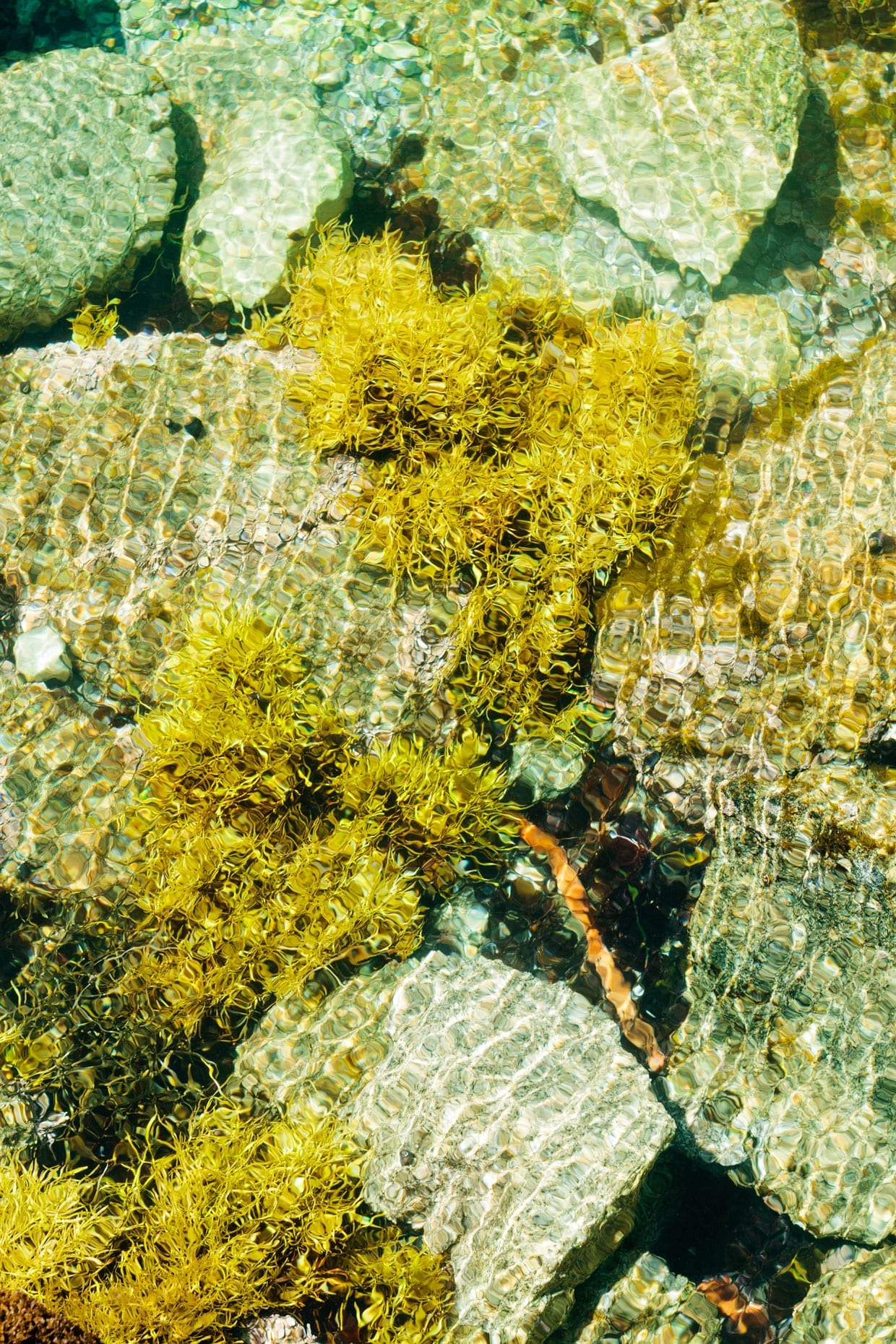
What are the Benefits?
Sea vegetables are incredibly rich in mineral content (such as iodine, potassium, sodium, silica, phosphorous, magnesium, iron, zinc, calcium and germanium, to name just a few) and vitamins, A, B, C, D, E and K. In addition, sea vegetables contain fiber, protein, oxygen, phytonutrients, phytohormones, enzymes, antioxidants and carotenes.
The World Health Organization has deemed iodine deficiency a pandemic affecting more than 72 percent of the population. Sea vegetables accumulate iodine many times more concentrated than seawater alone, which makes seaweed a good dietary choice for people suffering from iodine deficiency. Iodine is an essential component of the thyroid hormones, and a deficiency could lead to insufficient production of these hormones, which in turn adversely affects the kidney, heart, muscles, liver and developing brain.
As a result of their unique and rich nutrient content, many health benefits are attributed to sea vegetables, such as:
- Helping to remove heavy metals and radioactive particles from the body
- Aiding digestion and rejuvenating gastrointestinal health
- Purifying blood
- Normalizing thyroid-related disorders
- Strengthening skin, hair and nails and preventing hair loss
- Boosting metabolism
- Helping recovery from gout
- Helping recovery from arthritis
- Promoting toned, soft, wrinkle-free skin
- Helping to normalize blood pressure
- Helping to eliminate herpes outbreaks
- Normalizing menopausal symptoms
- Relieving arthritis stiffness
Seaweed is fast replacing kale as an important addition to a healthy diet.
What Are The Different Types of Seaweed?
There is no doubt that for many, sea vegetables are an acquired taste. However, learning to love seaweed is essential for anyone focusing on their health, and particularly for vegans and vegetarians for whom sourcing nutrients such as calcium, magnesium, vitamin B12 and iodine can be quite challenging.
As a member of the algae family, edible seaweed comes in three varieties: red, brown and green. Each is unique, having a distinct taste, texture and shape.
According to some, the smaller and finer the grain, the bigger the taste. Dried seaweed powder, for example, delivers an immediate intensity while at the same time blending seamlessly into food. In powder form, a little goes a long way, as the flavor is more concentrated and intense. Dried seaweed flakes, on the other hand, deliver color and texture but a slower taste delivery. In comparison, fresh whole leaf seaweed tastes milder and can be eaten raw, chopped into salads, dips, soups or lightly sautéed.
And although seaweed is available in many different types, there are the more popular ones that can be found at health stores, some supermarkets, online and, of course, Asian markets as well as being served up in restaurants worldwide. The more common varieties of sea vegetables you are more likely to find include:
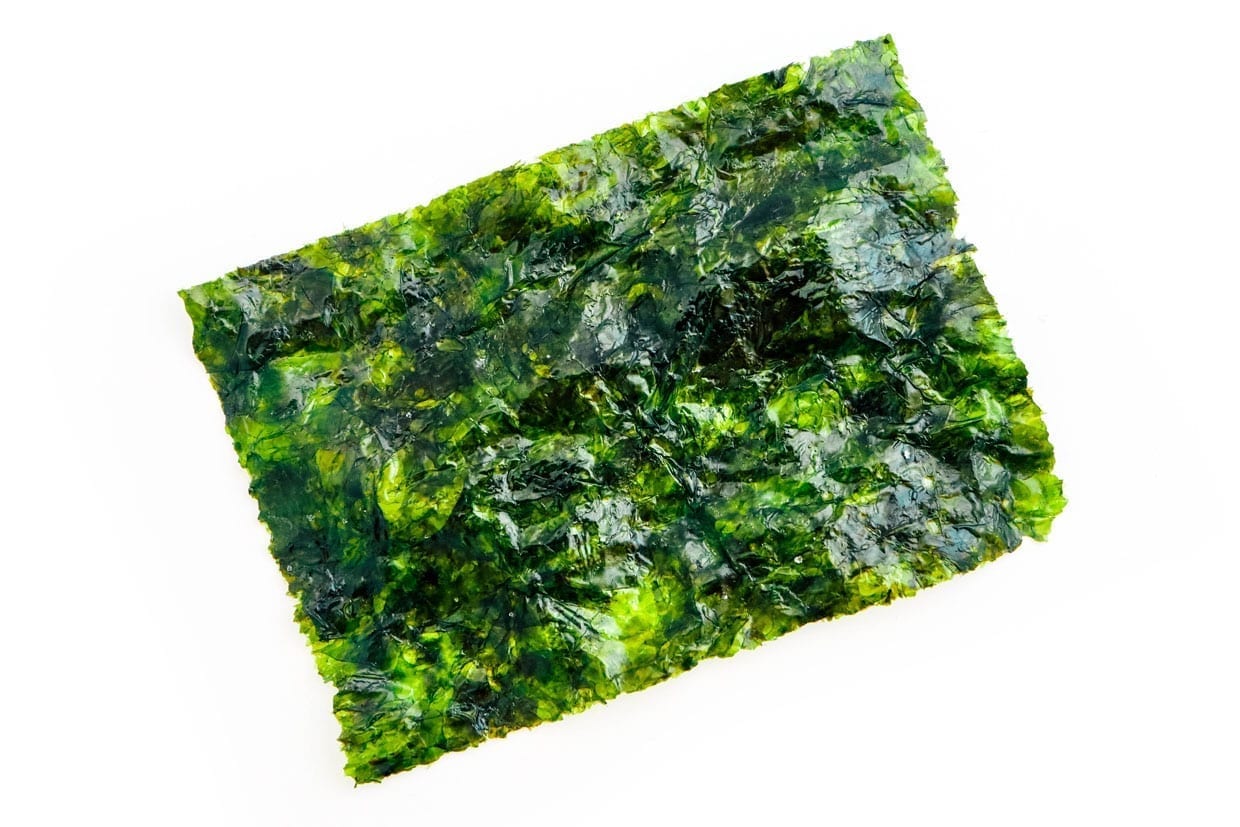
Nori: These familiar, thin, shiny sheets are used to wrap sushi. Brittle when dry, chewy when moistened, nori has a mild, nutty flavor. Toasted, they make a great snack, particularly for kids, and they are popular with school children in Japan.
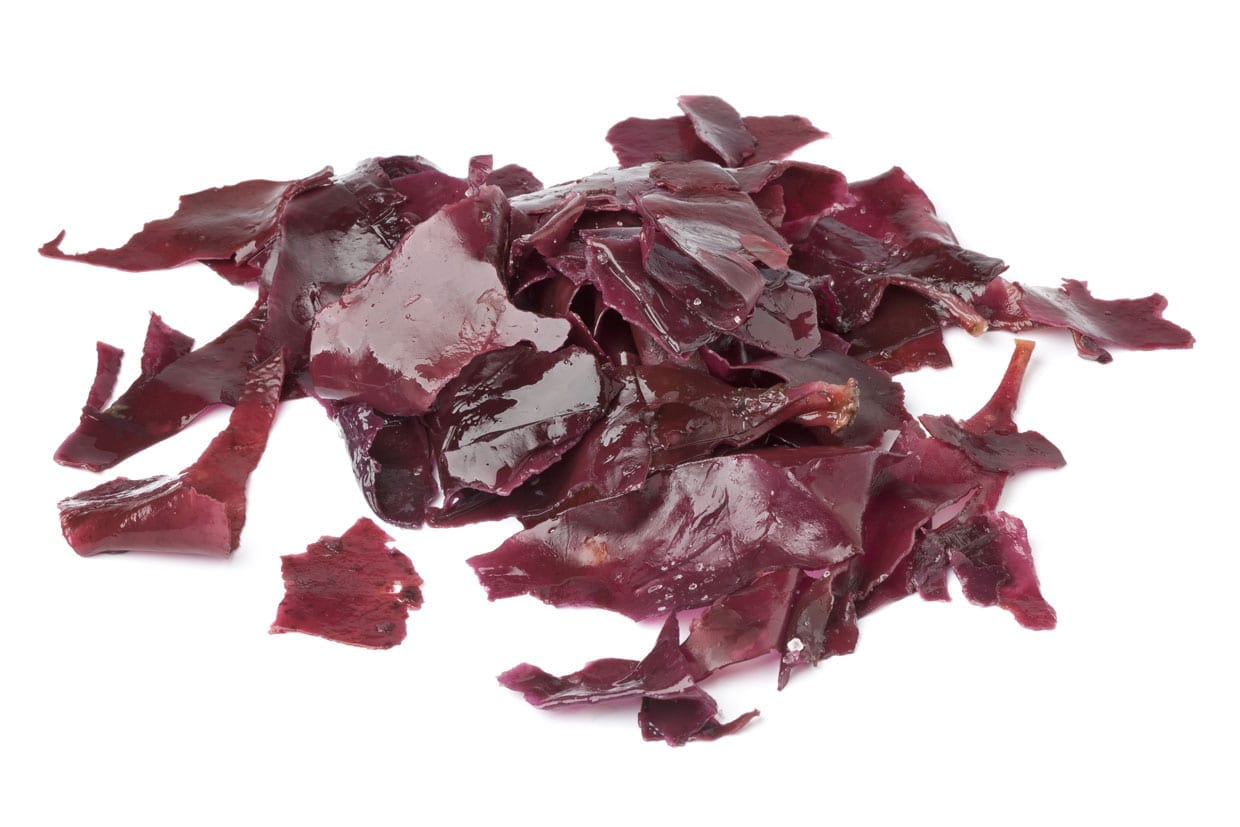
Dulse: It has a light taste which adds a lovely salty touch to any dish. It can be eaten straight out of the package or added to salads, soups, stews, in dressings or even to smoothies where the salt enhances the flavor of ingredients, like cacao. Dulse pieces can be cooked in a little ghee or oil for a crispy and healthy snack.
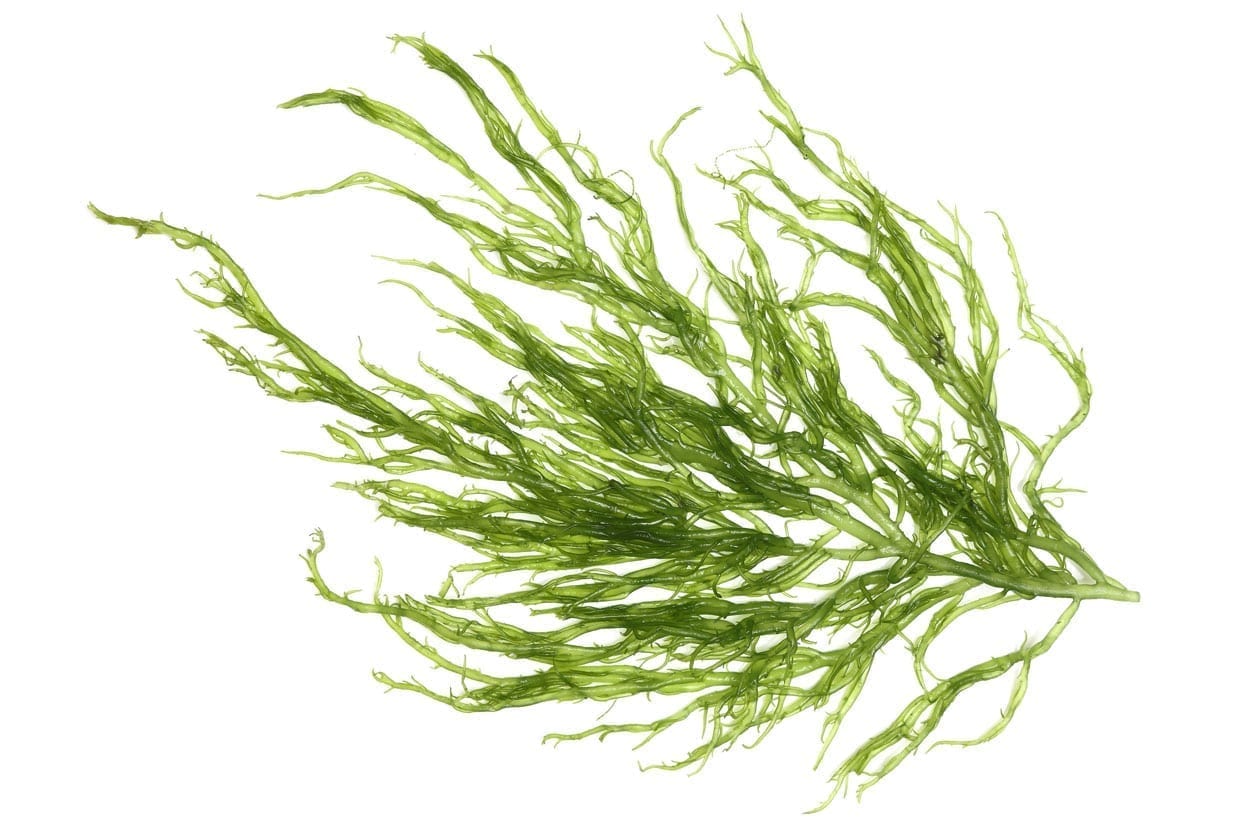
Kelp: Kelp contains a healthier substance similar to MSG, which enhances the flavor. And it is high in iodine, making it a good choice for thyroid health. Kelp is also available in flake form and is great cooked with slow-simmered foods like beans, grains, soups and stews. Kelp noodles are an excellent replacement for grain-based noodles. Although it contains little to no calories, kelp is a nutritious seaweed to consume due to the fact that it is rich in magnesium, iodine and fiber. For this reason, it is commonly added to many superfood powders and kelp granules are popular as a seasoning instead of salt.
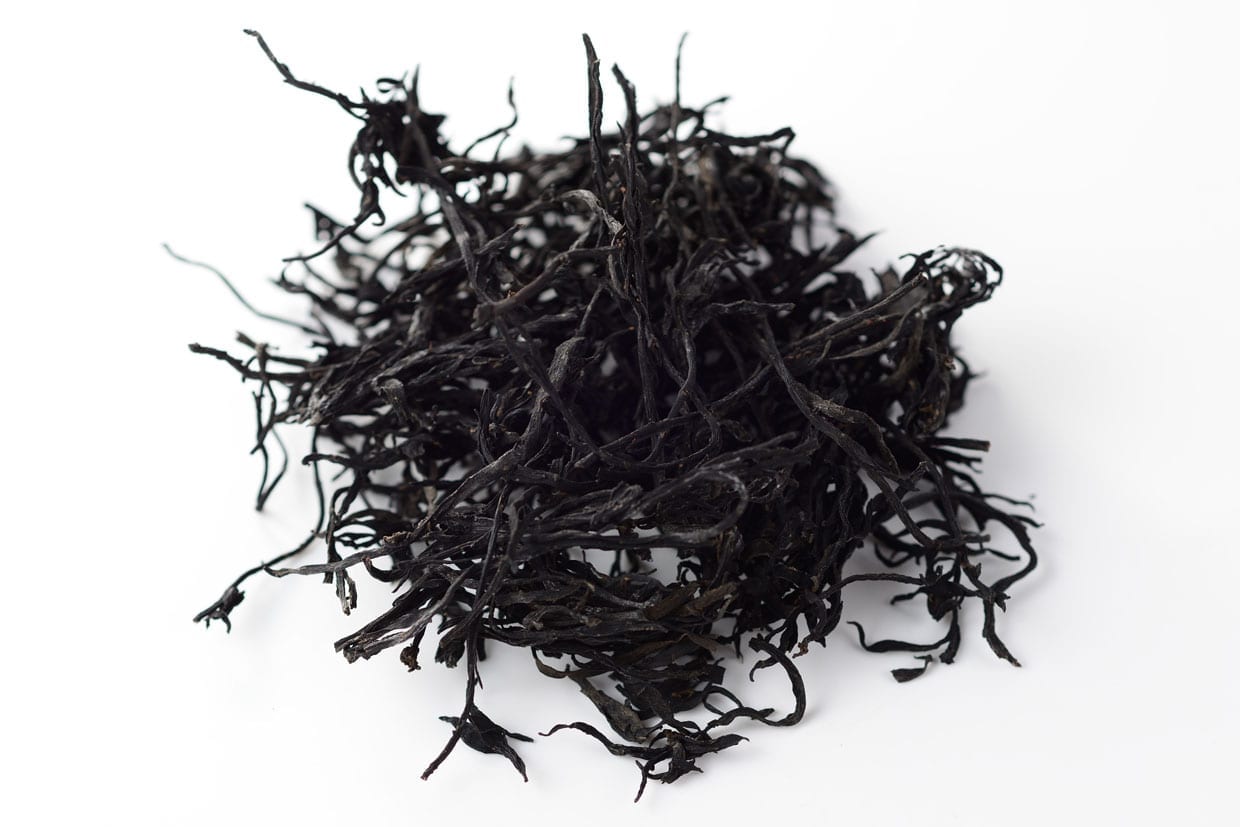
Hijiki: It is rich in fiber and contains 14 times the calcium of milk. But due to its tough texture, it needs to be soaked before eaten, or simply added to soups or stews to naturally soften it. Arame is similar in look to hijiki but is finer, milder, lighter in color and, in addition to being added to soups and stews, is also great in salads or stir-fries.
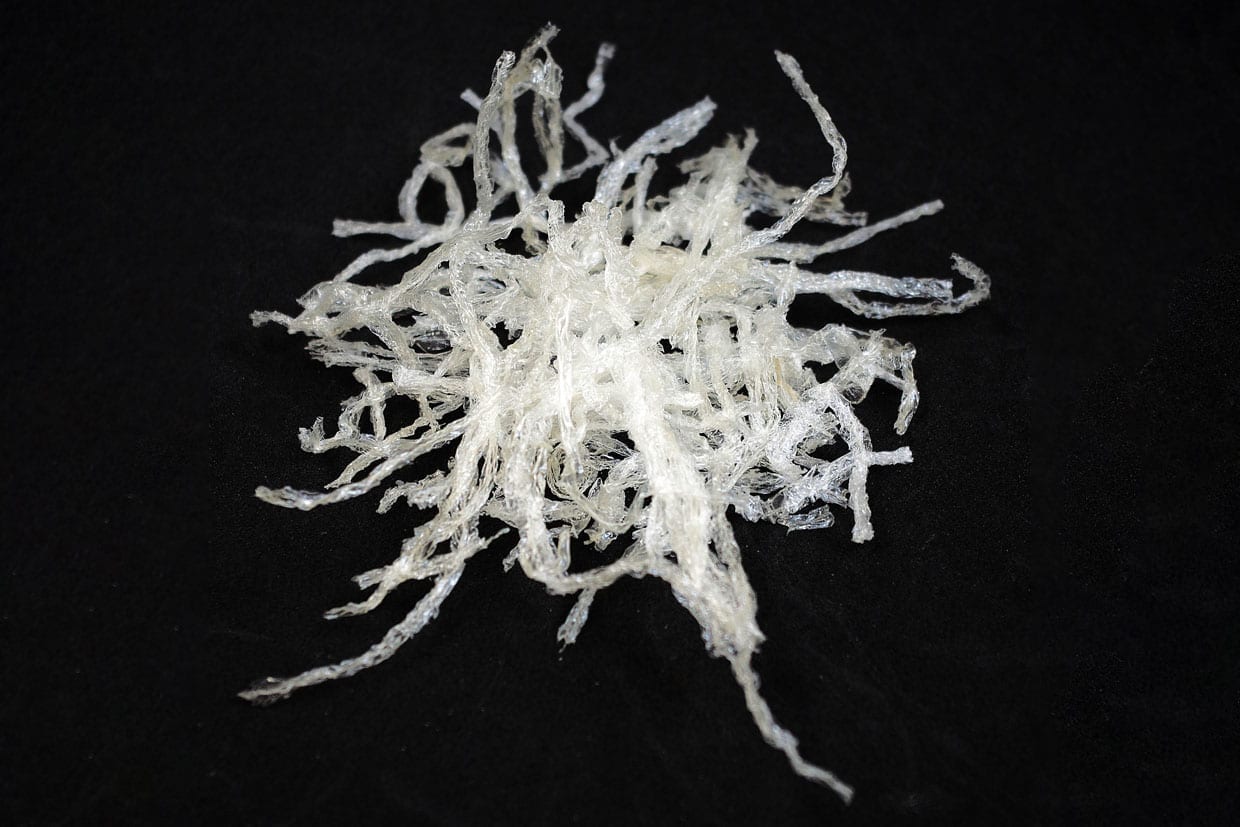
Agar-Agar: Rich in iodine and fiber, this seaweed is popular with vegans as a baking aid due to its thickening properties.

Wakame: With its mild flavor, Wakame is nice added to soups, stews, in salads, or with grains. It is one of the more popular varieties, often used in miso soup and is a rich source of iron, calcium, magnesium, zinc and chlorophyll.
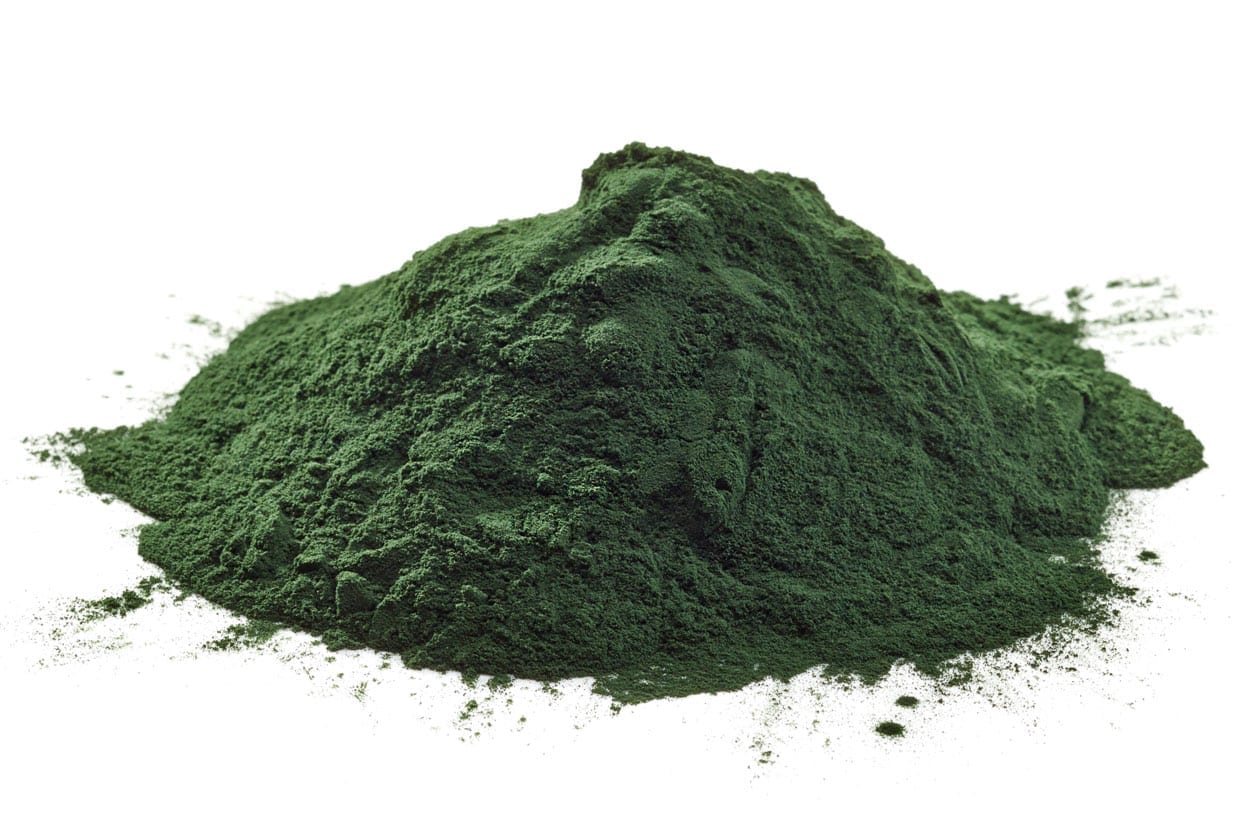
Spirulina and chlorella are blue-green algae that are a nutrient powerhouse duo. A teaspoon added to a smoothie or other beverage gives an energy boost. They are both great detoxifiers, binding to and removing heavy metals from the body.
We only recommend products we have independently researched, tested, and loved. If you purchase a product found through our links, Sunday Edit may earn an affiliate commission.
